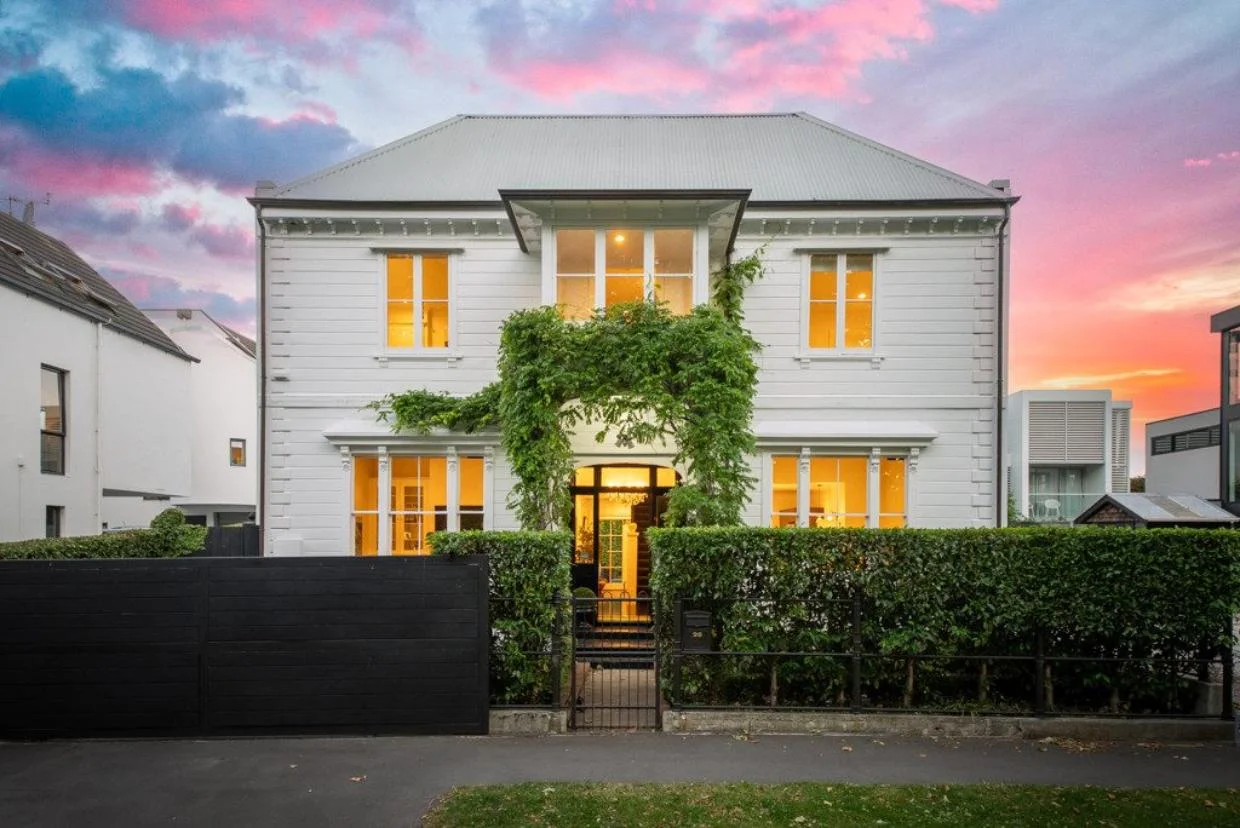Explore
Reserve Bank to loosen mortgage lending rules
Loan-to-Value (LVR) changes on mortgage lending to be eased.

Loan-to-value ratio (LVR) restrictions on mortgage lending will be loosened from December, the Reserve Bank says.
From 1 December, the share of new lending to owner-occupiers allowed by retail banks, with an LVR above 80%, will rise to 25%, up from 20%.
For property investors, the share of new lending allowed with a LVR above 70% will increase to 10%, up from 5%.
Debt to income (DTI) restrictions had also been reviewed, but the Reserve Bank had decided to leave those settings unchanged.
The acting assistant governor for financial stability, Angus McGregor, said the Reserve Bank’s decision followed a review of the LVR framework, prompted by the introduction of DTI restrictions last year.
“We concluded that the introduction of debt-to-income restrictions means LVR settings can be less restrictive on average,” McGregor said.
“Easier LVR settings will give banks more flexibility to lend, improving market efficiency and access to credit.”
Infometrics economist Matthew Allman said the Reserve Bank saw this as a good time to loosen the LVR settings, given “house prices are up just 0.2% from a year ago”.
“The debt-to-income restrictions introduced in July last year appear to be acting as more of a constraint on lending activity, taking some pressure off LVRs to restrain rapid house price inflation,” he said.
Allman also added that the change was unlikely to spark major price rises.
“We don’t expect this to add a material amount of pressure to house prices as poor housing affordability remains an issue for owner-occupiers, and low rental yields a problem for investors.”
The move, which came less than a week after a 50 basis points cut to the Official Cash Rate, was welcomed by Finance Minister Nicola Willis.
“Home ownership is part of the Kiwi dream,” Willis said in a statement.
“Relaxing the restrictions on the amounts banks can lend will make it easier for Kiwis to get a foot on the property ladder.”
McGregor said housing market conditions supported the change.
“House prices are within our range of sustainable estimates. Growth in mortgage lending remains moderate and the share of high-risk lending is low.”
The RBNZ will consult with banks over the next two weeks on updating their Conditions of Registration.
McGregor noted DTI settings were “calibrated to limit high-risk lending in housing upswings and periods of low interest rates”.
From 2026, oversight of both LVR and DTI tools will shift to the new Financial Policy Committee, which will review the settings at least annually and adjust them if financial stability risks rise, the Reserve Bank statement said.
Author
Discover More

Trade Me’s most-viewed property listings of 2025 revealed: From an ark house to a golden retriever homestay
Needing inspiration? Trade Me's compiled the most popular property listings of 2025, see the homes Kiwi love to look at

1800s landmark Christchurch house looking for new owners
A post-earthquake makeover has restored the splendour of this landmark house in Christchurch, which is for sale.
Search
Other articles you might like





